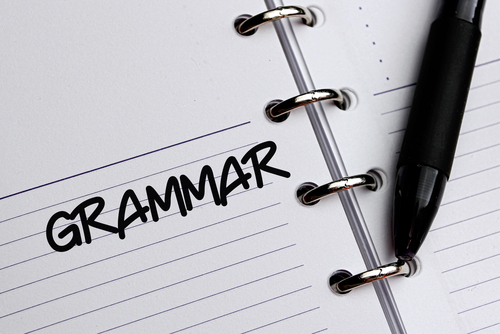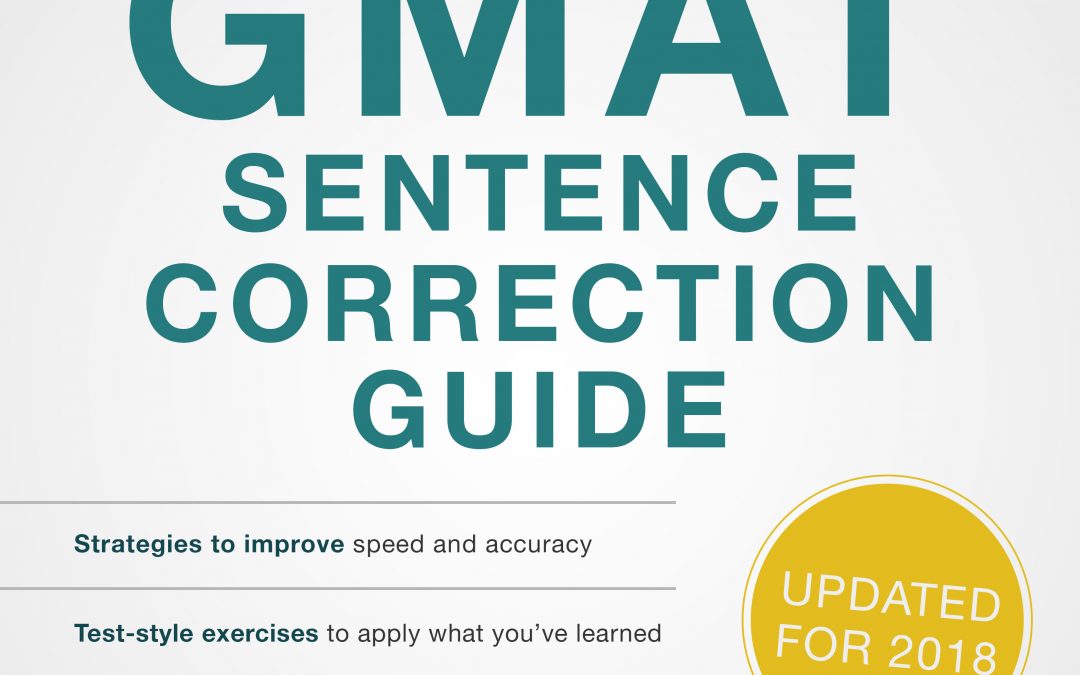
by Erica L. Meltzer | Dec 1, 2021 | Blog, ESL, GMAT, Grammar (SAT & ACT), IELTS
I originally did this list as an Instagram post, but then it occurred to me that I should put it up here as well, so here goes in slightly expanded form.
First, remember that the singular/plural rule for verbs is the opposite of the rule for nouns:
Third-person singular verbs end in -s (it works, s/he does, the graph shows).
Third-person plural verbs do not end in -s (they work, they do, the graphs show).
1) Compound subject = plural
A compound noun consists of two nouns joined by and. These subjects are always plural, regardless of whether the individual nouns are singular or plural. This rule is easy in principle but can be surprisingly difficult in practice.
Correct: A stressful atmosphere and poor management are often responsible for employee burnout.
Incorrect: A stressful atmosphere and poor management is often responsible for employee burnout. (more…)

by Erica L. Meltzer | May 31, 2021 | GMAT, Grammar (SAT & ACT), IELTS
Image by TypoArt BS, Shutterstock
I was looking back through my grammar posts the other day when I made a rather startling discovery: in all my years of writing this blog, I had somehow neglected to write a piece covering the two major causes of comma splices.
I suspect that because I’ve given this explanation in a total of five books now, I took it for granted that I had covered both issues in a single post, back in… oh, I don’t know… 2012 maybe? But apparently not.
Since this is among the most frequently tested concepts on the SAT and the ACT, an occasional target of questions on the GMAT, and a HUGELY common error in IELTS essays, I would count this omission among the greatest oversights in Critical Reader history.
So here goes. (more…)

by Erica L. Meltzer | May 13, 2021 | Blog, GMAT, Grammar (SAT & ACT), IELTS
Image by Charlotte May from Pexels
In theory, parallel structure is a relatively easy concept to master: it simply refers to the fact that items in a list, as well as constructions on either side of a conjunction such as and or but, should be kept in the same format (all nouns or all verbs).
In very simple sentences, e.g., I went to bed late but woke up early, this rule is generally quite simple to apply.
When sentences are long and contain a lot of information, however, things get a bit trickier. Keeping forms parallel requires the writer to keep track of and understand how words and phrases in different parts of a sentence relate to one another.
One very common issue involves the use of main verbs after modal verbs such as can, should, or might. As anyone who speaks English at a reasonably high level knows, main verbs are never conjugated in this construction, e.g., one would say it might work, not it might works. But when the two verbs are separated, there’s a common tendency forget about the first one and to stick an -s on the second.
This is an issue that appears in the writing of both native and non-native English speakers, but it’s particularly rampant in IELTS essays. It may also be tested in GMAT Sentence Corrections. (more…)

by Erica L. Meltzer | Jul 14, 2019 | Blog, GMAT
Thank you to Soph Lundeberg at Soph-wise Tutoring in San Diego for calling this to my attention.
Soph wrote:
The following Magoosh blog claims the GMAT will not test “so as to” versus “so that,” and furthermore, the two are idiomatically acceptable.
The solution for #150 is on page 302. Erica’s solution says “All of other options are idiomatically unacceptable” but does not have any further explanation for why A, “so as to escape,” is wrong, whereas the longer construction, “so that she could escape” is correct. If two constructions are acceptable, “shorter = better”, right?
I checked the Magoosh blog post, which claimed that the GMAT would never ask test-takers to choose between “so that” and “so as to,” and something really did not sit quite right about it.” There was just no way I would have bothered to put “so that” and “so as to” head to head in a question unless I’d actually seen the GMAC do so first. (more…)

by Erica L. Meltzer | Feb 3, 2018 | Blog, GMAT
If you look at many lists of GMAT® idioms, you’ll likely find dozens upon dozens of preposition-based constructions, e.g. insist on, characteristic of, correlate with. Although the GMAT does sometimes test these types of idioms, it is important to understand that they are not the primary focus of the test. Because of an increase in the number of international students taking the exam, the GMAC has elected to shift the focus away from idiomatic American usage and toward more issues involving overall sentence logic.
That said, there are still a handful of fixed constructions that the GMAT does regularly test. Many, but not all, of these fall into the category of word pairs (aka correlative conjunctions). Particularly if you are not a native English speaker, you are best served by focusing on these constructions, which stand a high chance of appearing, as opposed to memorizing dozens of preposition-based idioms that have only a minuscule chance of being tested on any given exam. (more…)

by Erica L. Meltzer | Jan 5, 2018 | Blog, GMAT
I’m putting up this post because I’ve received a number of queries from people who are interested my The Complete GMAT® Sentence Correction Guide but who aren’t really sure what differentiates it from other guides on the market or whether it meets their needs. So instead of continuing to respond to people on a case-by-case, I thought I’d address some of the most common questions/concerns all in one place.
While the book does by necessity cover many of the same general concepts and strategies as the other books on the market, albeit with a different organization, there are a handful of key points that bear emphasizing.
First and most importantly: the book is designed as a “bridge” to the actual exam. All of the rules covered are derived exclusively from an in-depth study of GMAC-produced questions, and each chapter ends with a list of relevant questions from the Official Guide and Official Verbal guide. In addition, specific questions are periodically referenced during in-chapter discussions. Although there are categorized Official Guide question lists circulating online, there is no other published guide that includes this type of concept-by-concept breakdown. (more…)





